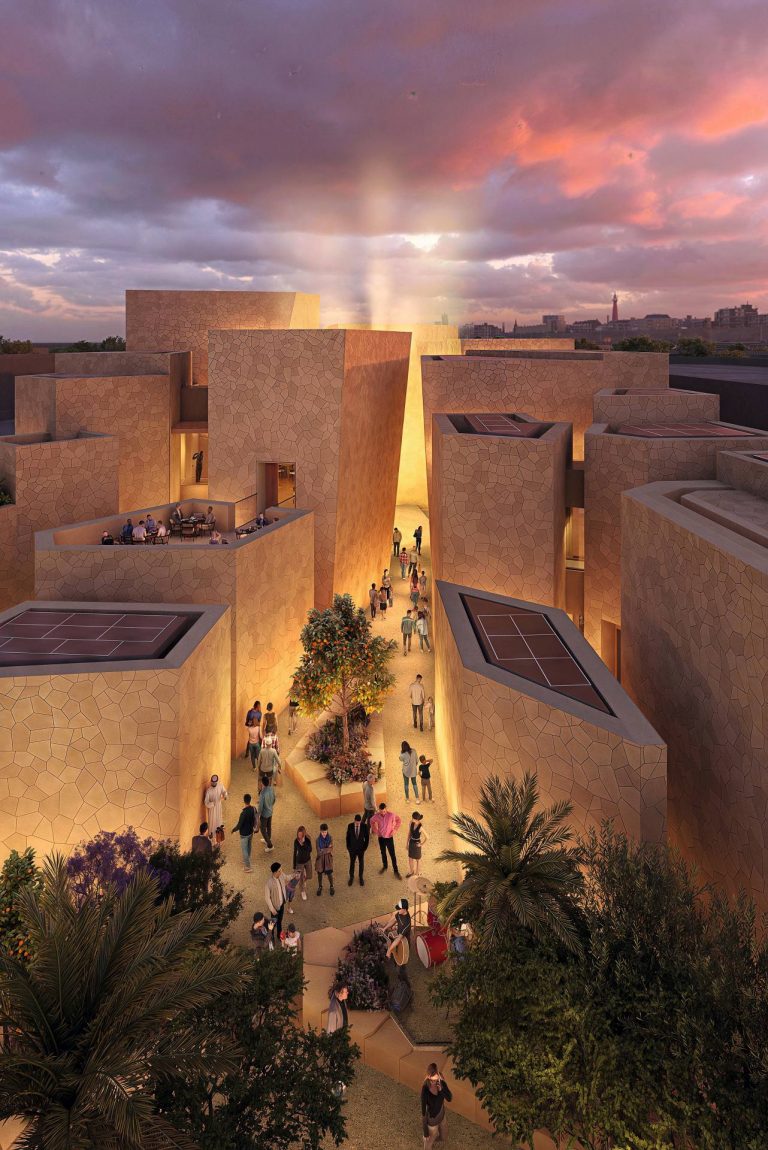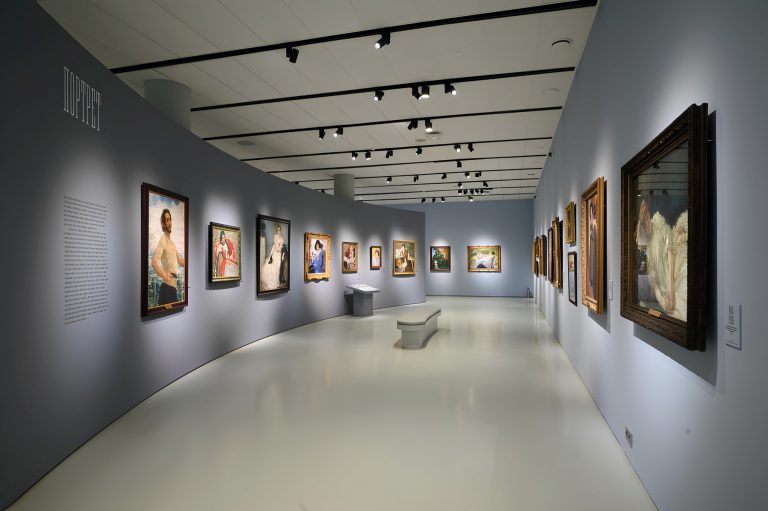The classic of twentieth-century architecture, who has long since had nothing to prove – the Pritzker Prize, awarded to him back in 1989, proved it, – could simply rest on his laurels. Today, however, 92-year-old Frank Gehry is more alive and surprising than ever, becoming the chief architect of the 21st century. See what the Canadian-born architect can do the best here, and take a look at some of his finest creations.

Guggenheim Museum, Bilbao, 1997
Although formally a Spanish museum belongs to the last century, it was the “Miracle in Bilbao” that turned Frank Gehry into a superstar. Of course, he and his style (deconstructivism) have been known and talked about since the 1970s. However, The Guggenheim Museum in the small Basque town “shot out” like nothing else: Gehry’s creation, which resembles either a floating sailing boat or an opening bud, immediately became a landmark. A new trend emerged: a museum building that is more famous than the collection it houses. The tourists drove specifically to Bilbao to see this strange pile of metal plates. Against the background of the surrounding standard and dull building the effect was stunning. The architecture became a spectacle.

Museum of Music, Seattle, 2000
Since Bilbao, Frank Gehry has established a reputation as a “museum architect”. Although he himself has repeatedly tried to get rid of that image, his best buildings are museums or, alternatively, concert halls. Then again, hardly anyone knows what treasures of musical culture the colourful blast house in Seattle holds. And never mind, in the building’s outline, music lovers immediately saw the silhouettes of Jimi Hendrix’s guitars, which he methodically smashed at concerts. Here’s an ingenious spatial metaphor for modern music. The fact that all this is also technological, and practical, and environmentally friendly, does not interest the general public too much.
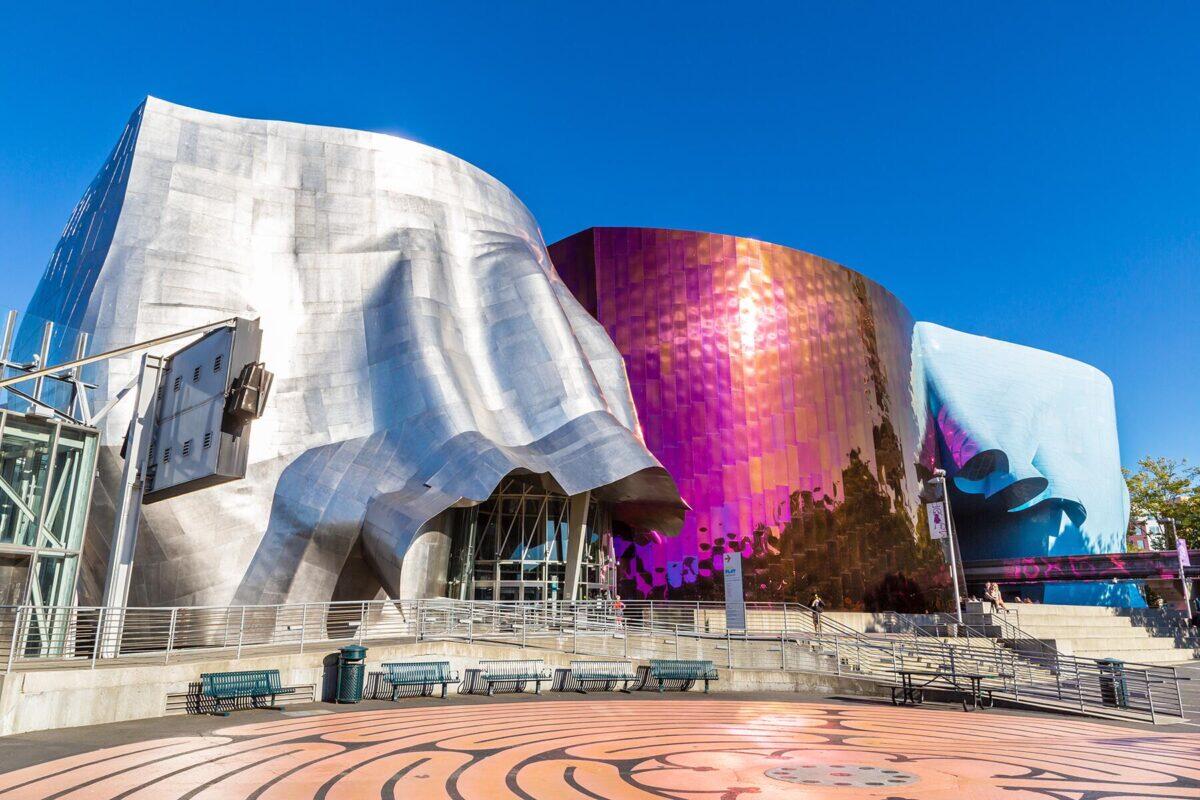
Walt Disney Concert Hall, Los Angeles, 2003
For almost 15 years, since the fall of 2003, this new media space, the concert venue and home stage of the Los Angeles Philharmonic Orchestra, has been under construction. It was co-financed by the famous cartoonist’s wife. Finally, if the releases are to be believed, one of the best acoustically and theatrically filled halls in the world has emerged. Most people, however, have judged the complex purely on its “clothes”. Never mind that each steel plate and curved sphere is a separate room in a huge building that seems to be dancing. Even the organ is not a row of slender pipes, but a veritable explosion of iron. It is no coincidence that the premiere of The Matrix was held in a Disney Concert Hall. It remains to add that in 2010 Gehry’s creation was recognized also as the sexiest building in the world.

Biomuseum, Panama, 2014
Biomuseum is another museum built by Frank Gehry away from the obvious tourist routes, but immediately gained iconic status. After control of the canal was handed over to the Panamanian authorities in 1999 it was necessary to erect a symbol of the new times. Thus, the idea of creating a nature centre on the site of the military base was born. The area around the Panama Canal is exceptional: barely larger than an average city, it is home to more bird, mammal, reptile and plant species than the USA and Canada put together. When Gehry designed this museum with its multicoloured aluminium roof, however, he was not so much considering Panamanian biodiversity as an ethnographic feature, the metal roofs of the locals’ huts. Now this strange, shimmering structure is the main object of photography from the decks of cruise ships. Few people are eager to get inside and explore the Bridge of Life exhibit. Unfortunately the museum is unprofitable. Nevertheless, it’s replicated in every photo.

Louis Vuitton Foundation, Paris, 2016
The Mirage Museum, built on the outskirts of the Bois de Boulogne was initially received with scepticism by Parisians. Everyone knew how eccentric Louis Vuitton’s owner and obsessive collector Bernard Arnault was. He was always expected to be provocative. The scepticism was fuelled by rumours that the architect was designing a building from the outlines of crumpled up sheets of paper thrown on a table (as demonstrated at an exhibition dedicated to Frank Gehry). Today all these doubts are in the past. With his own hands, he created models of more than 60 designs and found the one he thought was best: 12 glass sails rising to 46 metres in height are responsible for the overall look. Together they look like a flying ship or a giant iceberg. Once again, the outside might have overshadowed the inside, but the quality of the exhibitions now on show at the Foundation says otherwise. It is one of the best museums in Paris.

Tower at the LUMA campus, Arles, 2021
The Tower at the LUMA campus is the most recent among Frank Gehry’s completed creations. The redevelopment of the industrial district of Arles has led to the creation of a cultural cluster. LUMA Arles needed a striking architectural accent for the art quarter. The investors knew who to turn to. Frank Gehry immediately recalled the views of the Arles surroundings in Vincent van Gogh’s paintings and suggested combining the two symbols of the place in one building. The glazed “drum” of the base would be reminiscent of the Roman amphitheatre, while the tower would recall the ancient towers of Arles and the local limestone mountain range of the Alps, which Van Gogh was so fond of depicting. The stainless steel panelling is inspired by these very landscapes. Artists who come to this art residence will have to capture the newfangled tower endlessly.
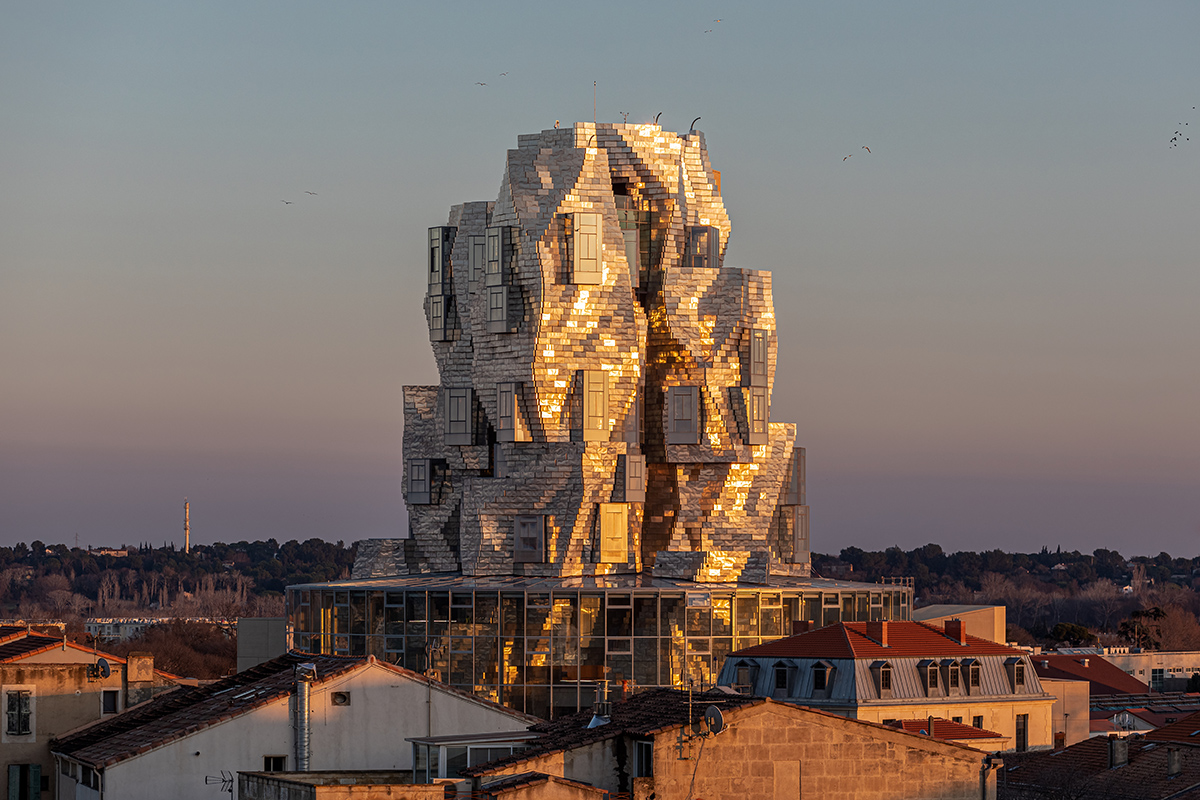
The Guggenheim Museum, Abu Dhabi, 2023-2025
The Guggenheim Abu Dhabi Museum has long been the subject of controversy, with the project being opened and then frozen again. It has as many supporters as it has fierce opponents. The project was conceived by Gehry back in 2007 specifically for Saadiyat Island in the Arabian Gulf. In the meantime a branch of The Louvre designed by Jean Nouvel has appeared in the neighbourhood. Now a battle of architectural giants awaits. The new museum is supposed to house abstract art from The Guggenheim Collection (for an Islamic audience). The building itself is an intricate composition of plaster blocks and self-cooling translucent cones. If Gehry used to compete with Van Gogh, now it’s down to the abstract expressionists.
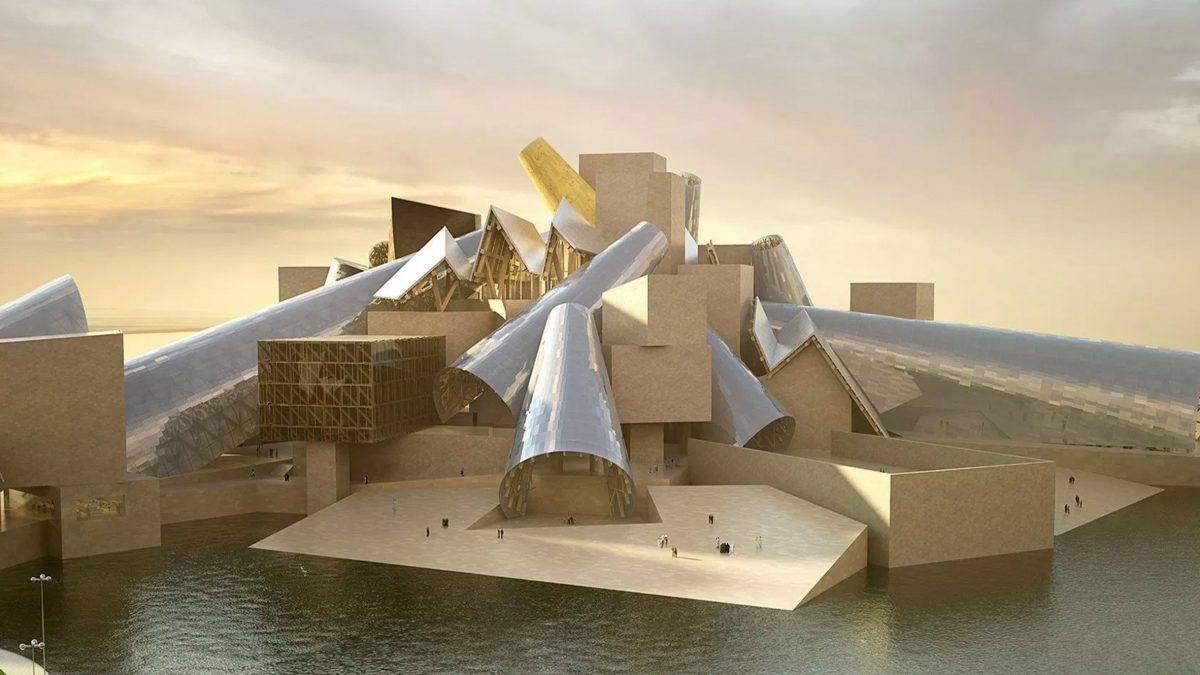
Photo: arquitecturaviva.com, christinagurunian.com, dezeen.com, archdaily.com, arqa.com
